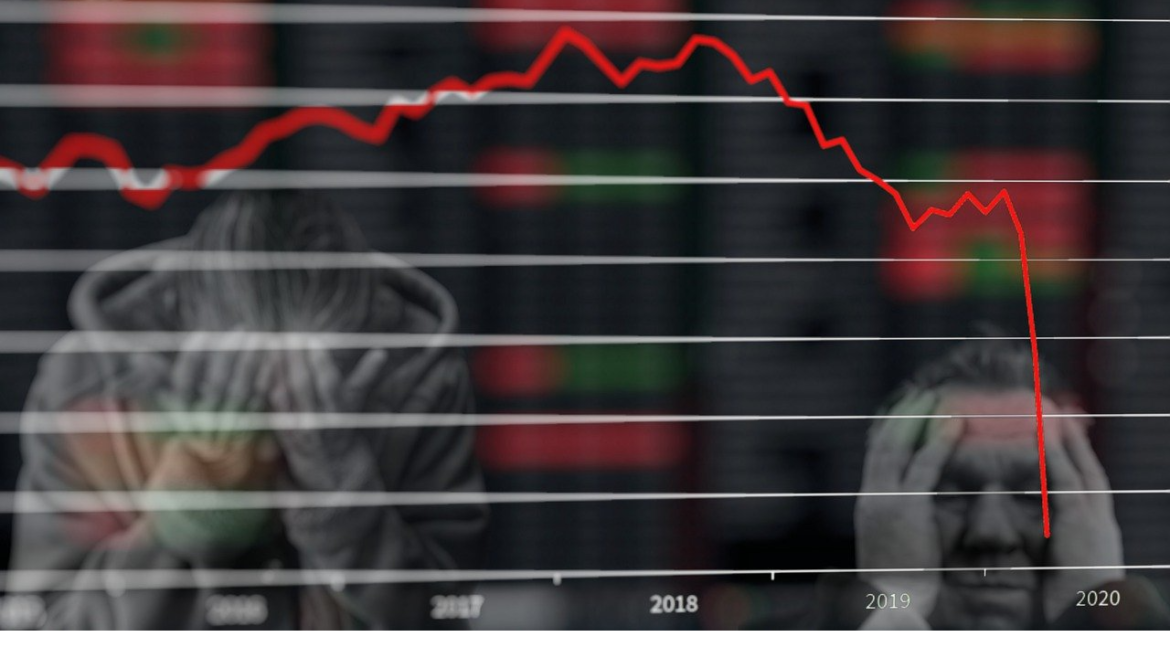Gold has all the potential to go unprecedentedly high. But silver will be gold on
Site:
Precious metals news
Traders are pushing back against the European Central Bank’s own guidance and betting it could deliver the smallest rate hike this cycle when it meets on Thursday.
Treasury yields climbed after epic declines and US equity futures rose on Tuesday as investors await inflation data that may upend bets that the Federal Reserve is done tightening.
The shift in short-term interest rate markets Monday was unlike almost anything seen for more than four decades, including even the 2008 financial crisis and the aftermath of the Sept. 11 terror attacks.
Federal Reserve Chair Jerome Powell’s strategy to speed up the central bank’s inflation-fighting efforts is unraveling in the wake of Silicon Valley Bank’s collapse.
Global bond markets have declared that the steepest global monetary tightening campaign in a generation is as good as done.
Economic data: Instability in the financial system has changed investors’ calculus about the future direction of interest rates but today’s consumer prices data will put the US economy back in the spotlight.
The dollar edged higher in calmer trading on Tuesday, after tumbling on Monday following the collapse of Silicon Valley Bank (SVB). Tuesday's consumer price index (CPI) figures, due out at 8.30 a.m. ET (1230 GMT), have the potential to drive further volatility in global markets. They come a day after fears of a potential banking crisis caused traders to rapidly scale down their expectations for Federal Reserve rate hikes.
Banks are getting all the attention, but the SVB collapse shows that a host of asset classes are in the flood plain of the rising Fed rates.
Mar 14, 2023 - 05:13:38 PDT
Introduction: Bank share sell-off spreads to Asia as SVB collapse shakes markets...
The CPI came in at 0.37% for the month of February. While this was in line with expectations, it is still a 4.5% annualized increase in prices.And falling energy prices made the CPI look cooler than it actually was.
February has historically been a big budget deficit month, but the Biden administration still managed to overachieve and run the second-largest February deficit ever. The only time the US government has run a February deficit bigger than the $262.4 billion shortfall last month was in February 2021 in the midst of the COVID stimulus.This raises an important question: between a budding financial crisis and a US government spending problem, how is the Federal Reserve ever going to get price inflation back to its mythical 2% target?
As we start to sort through the fallout of the failure of Silicon Valley Bank and Signature Bank and the government's reaction to it, the next question is: what's next?Government officials and mainstream pundits insist everything is fine now. They say quick government action averted a crisis. But in his podcast, Peter Schiff said this is really just the beginning of the next financial crisis.
 STRATEGIC SILVER REPORT MARCH 2023: Disturbing Decline In Global Silver Mine Supply, Rising Costs & Falling Indian Silv...
STRATEGIC SILVER REPORT MARCH 2023: Disturbing Decline In Global Silver Mine Supply, Rising Costs & Falling Indian Silv...March 14, 2023
There is a disturbing trend taking place in Global Silver Mine Supply. While the industry was forecasting rising silver production, we are seeing quite the opposite take place in some of the leading countries. Peru just reported a stunning 20% decline in January silver production...
Tune in and get Mike's take on everything happening in the markets today including the surge in precious metals, the SVB collapse, potential Fed reactions, and what might be coming next.
All Conversations Return to Gold...
Interest rates around the world felt rather hard, and therefore you started to see precious metals take off to the upside, including silver.
Gold and silver prices surged on Monday, as their safe-haven appeal drew in investors spooked by the collapse of Silicon Valley Bank, with the crisis also sparking hopes the U.S. Federal Reserve would have to slam the brakes on its aggressive monetary policy.
 Something Broke, but the Fed Is Still Expected to Go Through With Rate Hikes
Something Broke, but the Fed Is Still Expected to Go Through With Rate HikesMar 13, 2023 - 13:38:53 PDT
Markets still expect the Fed to keep up its inflation-fighting efforts, despite high-profile bank failures that have rattled the financial system.
Mar 13, 2023 - 13:33:36 PDT
Steve Hanke, professor of applied economics at Johns Hopkins University, called for inflation to peak at 9% in the U.S. in 2022. He was right. Now, he's predicting that the Federal Reserve will overcorrect its tightening monetary policy, and dire consequences will follow.
 SPECIAL REPORT: Silicon Valley Bank - How Worried Should We Be? | Joseph Wang
SPECIAL REPORT: Silicon Valley Bank - How Worried Should We Be? | Joseph WangMar 13, 2023 - 13:22:31 PDT
The financial world has been rocked over the past few days as Silicon Valley Bank, the nation's 16th largest bank which had $209 billion in assets and $175 billion in deposits as of December, failed with little warning.







